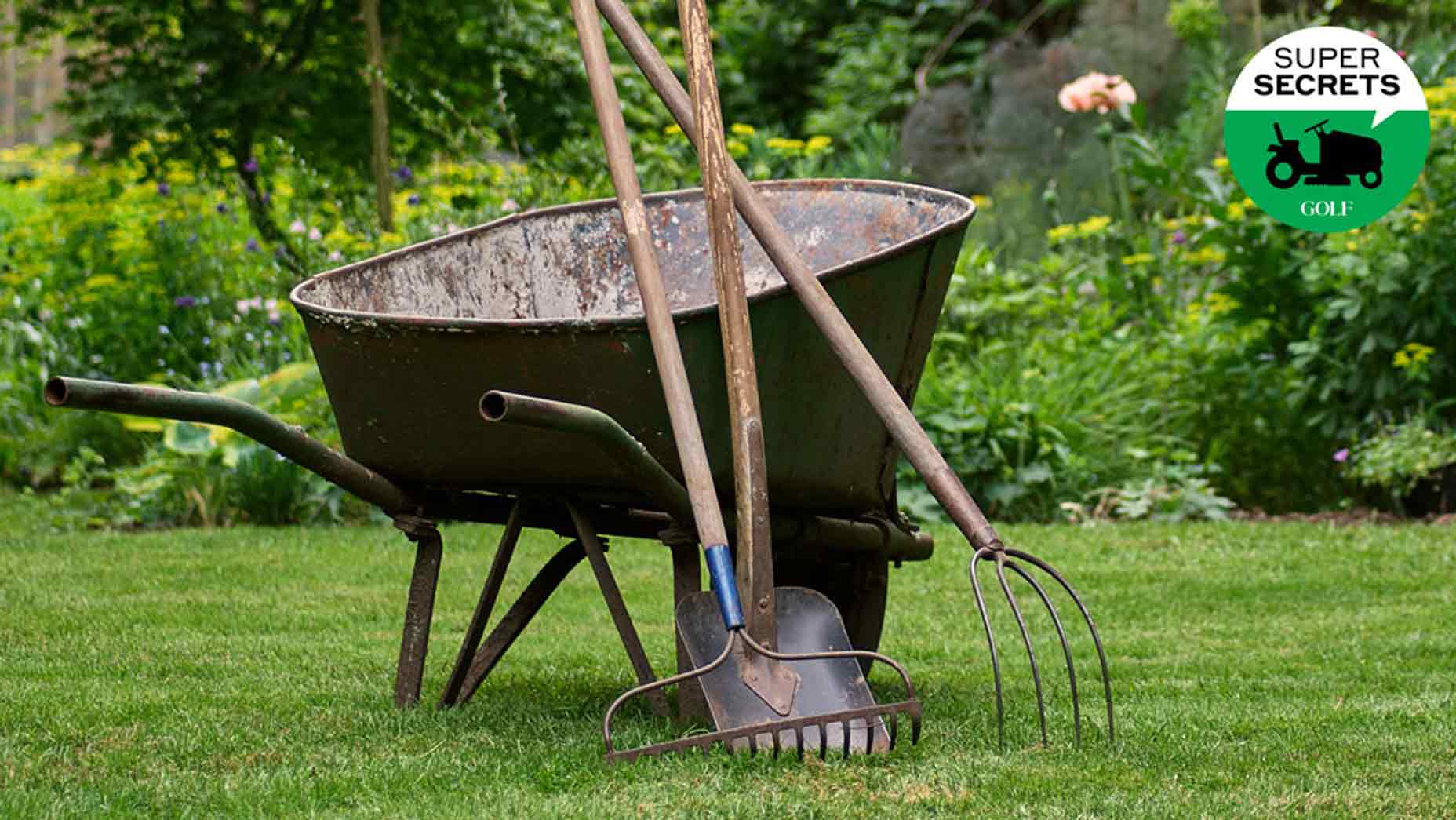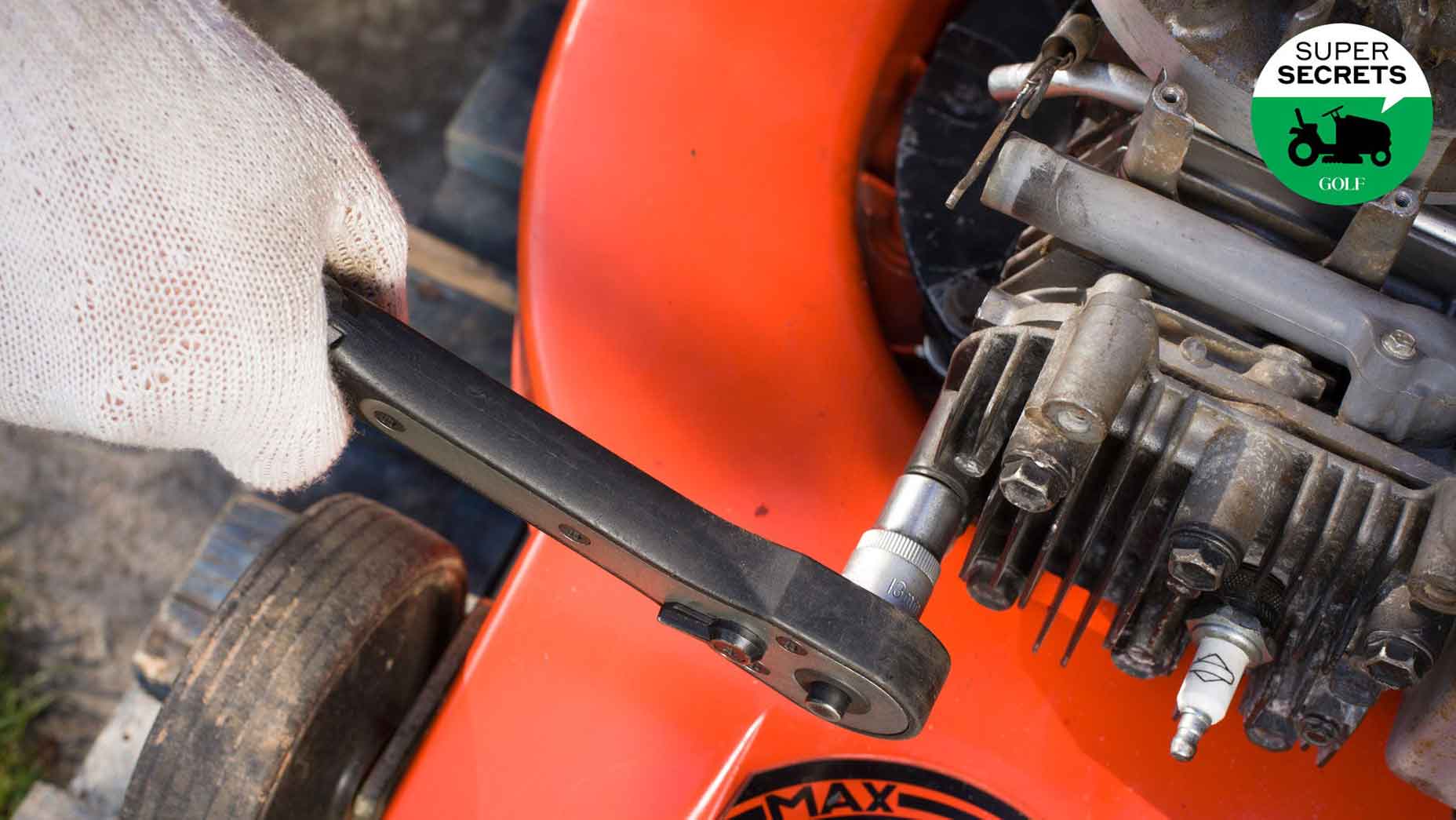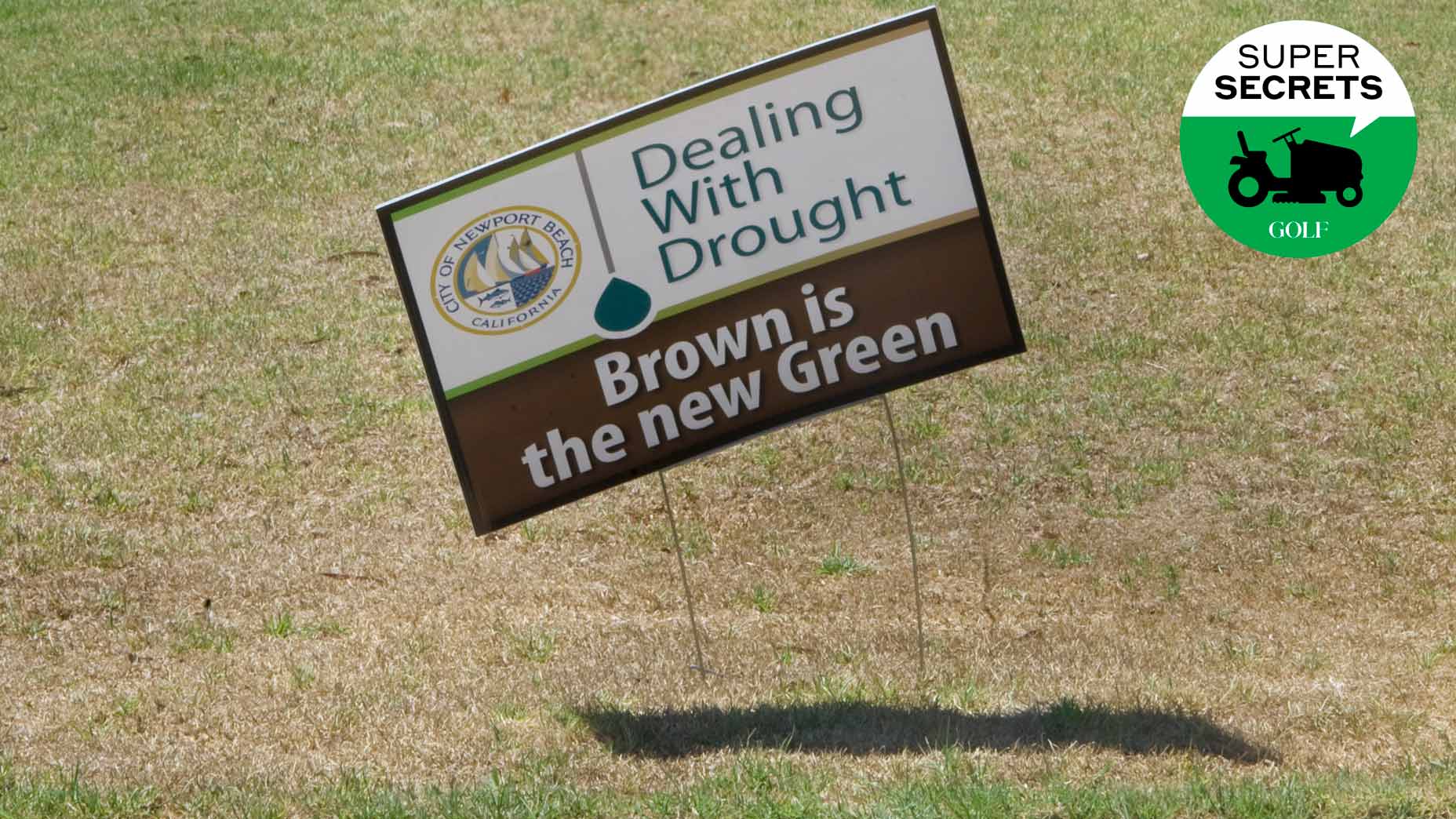Is your yard ready for spring? Do these 5 things, says a superintendent

To prep your yard for spring, you'll need a few simple tools.
Getty Images
You know that spring is just around the corner when the Masters theme starts chiming in your ears and your yard starts calling for your attention.
In many parts of the country, superintendents are in the same boat.
A busy season is approaching. There is work to be done.
Josh Troutman, a 20-year member of the Golf Course Superintendents Association of America, runs the agronomic show at Crestview Country Club, in Kansas, host of the Korn Ferry Tour’s Wichita Open.
We asked him for a rundown of the tasks he tends to this time of year, along with takeaways for those of us caring for lawns at home.
Punching Things Up
At Crestview, Troutman and his team just aerified one of the club’s two 18-hole courses. The light punch, Troutman says, “helps things breathe a bit,” allowing for air and moisture to flow more freely through the root zone at a time when the turf is starting to awaken. It’s not a bad idea to do the same at home. It’s not hard, either; aerifying machines are readily available for rent. Just be sure to mark your sprinkler heads before you start. You don’t want to punch any holes in them.
Weeding Things Out
Weeds that germinate in the fall can create headaches in the spring. At Crestview, Troutman sprays against a weed called a henbit, which gives rise to a nettlesome purple flower. Different weeds proliferate in different regions. Chickweed. Dandelion. Deadnettle. Clover. A light application of herbicide should take care of them. While you’re at it, Troutman says you might also consider putting down a springtime pre-emergent to stymie any other weeds that might be coming down the pike in spring and summer.
Raking Things Up
Leaves, twigs, and other debris, left to accumulate through the fall and winter, can settle on your turf as dead organic matter. Now’s the time to break it up. Using a leaf rake, give the ground at good going over, Troutman says, getting rid of that thatchy layer so that your grass can better warm itself in the sun and absorb the nutrients it needs.
Killing Things Off
Snow mold is not a serious issue at Crestview, Troutman says, but it does present a problem in many regions as snow begins to melt. There are two types, pink and gray, and both primarily affect cool-climate grasses. Neither is good. But pink tends to be worse as it can kill the roots and crowns, not just the blades, and it doesn’t even need snow cover to form. It shows up as mottled, circular patches. When it does, that’s your cue to bust out the fungicide.
Tuning Things Up
Mowing with a dull blade can do more harm than good, as it tears the grass instead of slicing it, an unsightly look that also leaves the plant more vulnerable to disease. Spring is a fine time to sharpen those blades (you can outsource this job to your local lawn-care expert, or DIY by running the blades on a bench grinder). While you’re at it, take care of any other necessary tune ups, such as swapping out the spark plugs and replacing any fuel that many have been sitting around too long.












